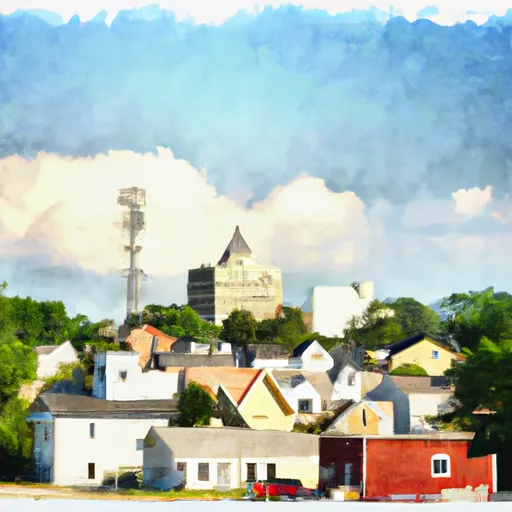°F
°F
mph
Windspeed
%
Humidity











Montello is a small city located in Marquette County, Wisconsin. The climate in Montello is characterized by four distinct seasons. Summers are warm with average temperatures ranging from 70°F to 80°F, while winters are cold, with temperatures often dropping below freezing. The area receives an average of 30 inches of rainfall annually, evenly distributed throughout the year.
Montello is surrounded by several lakes, making it a haven for water enthusiasts. Buffalo Lake and Lake Puckaway offer various water activities such as boating, fishing, and swimming. The Fox River also flows through the town, providing opportunities for kayaking and canoeing.
The hydrology constituents in Montello are primarily influenced by these water bodies. The lakes and river support diverse aquatic ecosystems, attracting wildlife and providing excellent fishing opportunities for species like bass, walleye, and panfish.
Outdoor enthusiasts can also explore the numerous hiking and biking trails in the area, including the Montello River Trail and the Ice Age National Scenic Trail, which offers breathtaking views of the glacial landscapes and forests.
Overall, Montello's climate, hydrology, and outdoor recreation opportunities make it an attractive destination for those seeking to immerse themselves in nature and enjoy a variety of outdoor activities.
Weather Forecast
Montello receives approximately 873mm of rain per year, with humidity levels near 81% and air temperatures averaging around 8°C. Montello has a plant hardyness factor of 5, meaning plants and agriculture in this region thrive during a short period during spring and early summer. Most plants will die off during the colder winter months.
Regional Streamflow Levels
101
Cubic Feet Per Second
67
Cubic Feet Per Second
6,600
Cubic Feet Per Second
4,700
Cubic Feet Per Second
Nearby Camping
| Camping Area | Reservations | Toilets | Showers |
|---|---|---|---|
| Little Black Creek Waterpark | |||
| Paul B Johnson State Park | |||
| Lake Walker Military - Camp Shelby | |||
| Turkey Creek Water Park | |||
| Buccaneer State Park | |||
| Marathon Lake |



